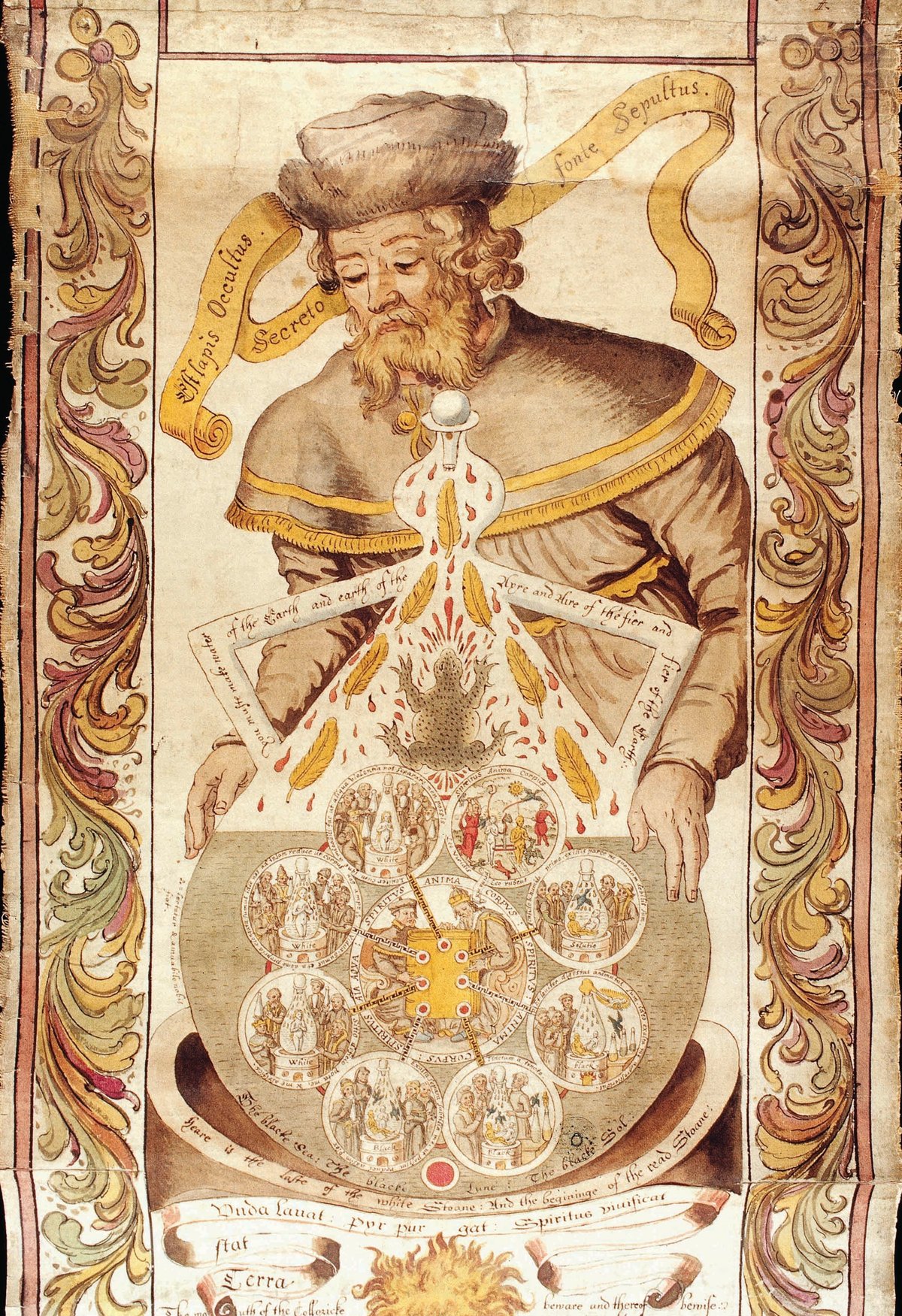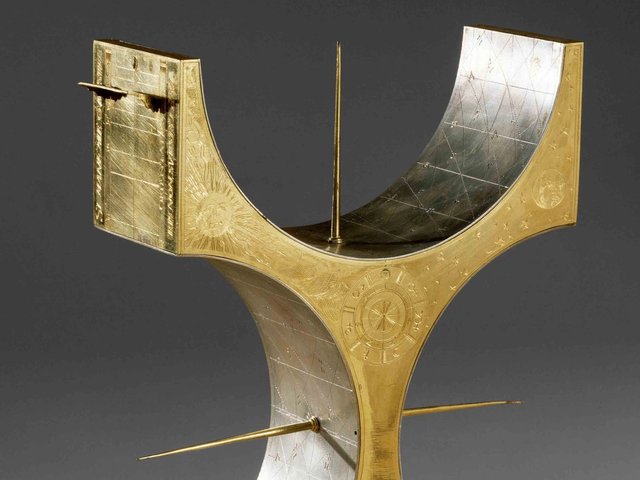Since 1968 when Leighton Reynolds and Nigel Wilson published Scribes and Scholars, the book that explained how Classical Greek and Latin literature was preserved for us by the monastic transcriptions of texts from papyrus scrolls and wax tablets into parchment codexes between the second and fourth centuries AD, it has been generally assumed that the scroll went the way word processors did at the advent of the computer. This book sets out to set the record straight by instancing the scroll in various forms throughout the Middle Ages into the Renaissance. Most of these medieval scrolls are not of texts to be read from left to right, but rather from top to bottom and to which later additions were the more easily appended—as in pipe rolls (the Crown’s official financial records), membership rolls, lists of gifts (such as Queen Elizabeth I’s New Year’s Gift Roll of 1585), mortuary rolls (lists of the dead of monastic communities), as well as rolls for menus, magic formulae, prayers, charms, magical incantations and alchemical medical treatments (shown here the start of a 16th-century scroll purporting to be the work of the 15th-century English alchemist, George Ripley). Scrolls are perhaps an obvious choice for maps (think of the experience of refolding a flat map) and also for actors’ and musicians’ parts (think of the teleprompter). When reading on screen became popular a few years ago, there was a lot of loose talk about the scrolled text returning to supplant the codex, but after the initial enchantment this too, pace fiction, has turned out to be a chimera. The scroll eventually went the same way.
- Thomas Forrest Kelly, The Role of the Scroll: an Illustrated Introduction to Scrolls in the Middle Ages, W.W. Norton, 208pp, £19.99 (hb)





